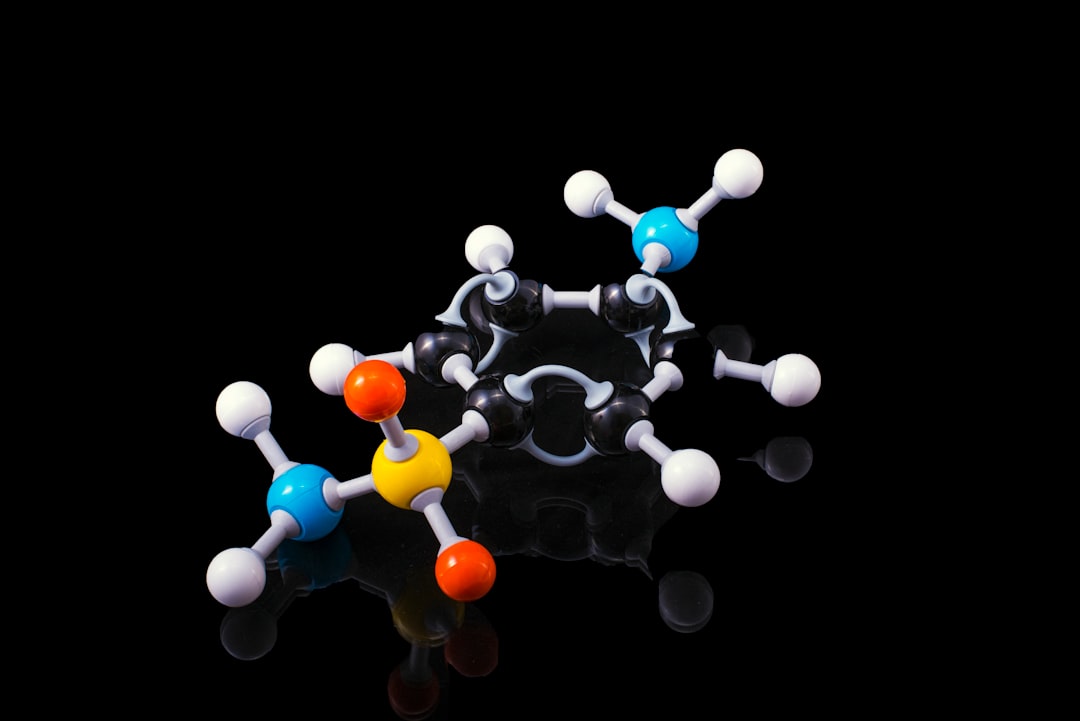What is it about?
Nanostructured CuInS2 holds great potential for emerging photocatalytic applications owing to its tunable optical and electronic properties, low toxicity, and relatively low cost of synthesis. This review provides a comprehensive snapshot of contemporary issues in the synthesis and applications of CuInS2 in its various phases for photocatalytic applications, including industrial wastewater treatment, solar-driven water splitting, and water purification and disinfection. Various strategies aimed at improving the photocatalytic performance of CuInS2 are summarized, including the introduction of dopants, surface decoration, and heterojunction formation with other semiconductors. These modifications enable CuInS2 to harvest visible light more efficiently and facilitate the generation, separation, and transfer of photogenerated charge carriers. However, many basic scientific challenges such as the intrinsically high carrier recombination rate limit the broad application of CuInS2 to photocatalysis and present obstacles to commercialization. The review concludes with a discussion of the steps required for further development of CuInS2 and CuInS2-based nanostructures as photocatalysts toward their deployment as stable, environmentally friendly, and low-cost materials for practical applications.
Featured Image

Photo by Joanna Kosinska on Unsplash
Why is it important?
Nanostructured CuInS2 holds great potential for emerging photocatalytic applications owing to its tunable optical and electronic properties, low toxicity, and relatively low cost of synthesis. This review provides a comprehensive snapshot of contemporary issues in the synthesis and applications of CuInS2 in its various phases for photocatalytic applications, including industrial wastewater treatment, solar-driven water splitting, and water purification and disinfection. Various strategies aimed at improving the photocatalytic performance of CuInS2 are summarized, including the introduction of dopants, surface decoration, and heterojunction formation with other semiconductors. These modifications enable CuInS2 to harvest visible light more efficiently and facilitate the generation, separation, and transfer of photogenerated charge carriers. However, many basic scientific challenges such as the intrinsically high carrier recombination rate limit the broad application of CuInS2 to photocatalysis and present obstacles to commercialization. The review concludes with a discussion of the steps required for further development of CuInS2 and CuInS2-based nanostructures as photocatalysts toward their deployment as stable, environmentally friendly, and low-cost materials for practical applications.
Perspectives
Nanostructured CuInS2 holds great potential for emerging photocatalytic applications owing to its tunable optical and electronic properties, low toxicity, and relatively low cost of synthesis. This review provides a comprehensive snapshot of contemporary issues in the synthesis and applications of CuInS2 in its various phases for photocatalytic applications, including industrial wastewater treatment, solar-driven water splitting, and water purification and disinfection. Various strategies aimed at improving the photocatalytic performance of CuInS2 are summarized, including the introduction of dopants, surface decoration, and heterojunction formation with other semiconductors. These modifications enable CuInS2 to harvest visible light more efficiently and facilitate the generation, separation, and transfer of photogenerated charge carriers. However, many basic scientific challenges such as the intrinsically high carrier recombination rate limit the broad application of CuInS2 to photocatalysis and present obstacles to commercialization. The review concludes with a discussion of the steps required for further development of CuInS2 and CuInS2-based nanostructures as photocatalysts toward their deployment as stable, environmentally friendly, and low-cost materials for practical applications.
Professor Mohammad Mansoob Khan
Universiti Brunei Darussalam
Read the Original
This page is a summary of: CuInS2 and CuInS2-based nanostructures as photocatalysts, Materials Science in Semiconductor Processing, January 2024, Elsevier,
DOI: 10.1016/j.mssp.2023.107930.
You can read the full text:
Resources
CuInS2 and CuInS2-based nanostructures as photocatalysts
Nanostructured CuInS2 holds great potential for emerging photocatalytic applications owing to its tunable optical and electronic properties, low toxicity, and relatively low cost of synthesis. This review provides a comprehensive snapshot of contemporary issues in the synthesis and applications of CuInS2 in its various phases for photocatalytic applications, including industrial wastewater treatment, solar-driven water splitting, and water purification and disinfection. Various strategies aimed at improving the photocatalytic performance of CuInS2 are summarized, including the introduction of dopants, surface decoration, and heterojunction formation with other semiconductors. These modifications enable CuInS2 to harvest visible light more efficiently and facilitate the generation, separation, and transfer of photogenerated charge carriers. However, many basic scientific challenges such as the intrinsically high carrier recombination rate limit the broad application of CuInS2 to photocatalysis and present obstacles to commercialization. The review concludes with a discussion of the steps required for further development of CuInS2 and CuInS2-based nanostructures as photocatalysts toward their deployment as stable, environmentally friendly, and low-cost materials for practical applications.
CuInS2 and CuInS2-based nanostructures as photocatalysts
Nanostructured CuInS2 holds great potential for emerging photocatalytic applications owing to its tunable optical and electronic properties, low toxicity, and relatively low cost of synthesis. This review provides a comprehensive snapshot of contemporary issues in the synthesis and applications of CuInS2 in its various phases for photocatalytic applications, including industrial wastewater treatment, solar-driven water splitting, and water purification and disinfection. Various strategies aimed at improving the photocatalytic performance of CuInS2 are summarized, including the introduction of dopants, surface decoration, and heterojunction formation with other semiconductors. These modifications enable CuInS2 to harvest visible light more efficiently and facilitate the generation, separation, and transfer of photogenerated charge carriers. However, many basic scientific challenges such as the intrinsically high carrier recombination rate limit the broad application of CuInS2 to photocatalysis and present obstacles to commercialization. The review concludes with a discussion of the steps required for further development of CuInS2 and CuInS2-based nanostructures as photocatalysts toward their deployment as stable, environmentally friendly, and low-cost materials for practical applications.
Contributors
The following have contributed to this page










